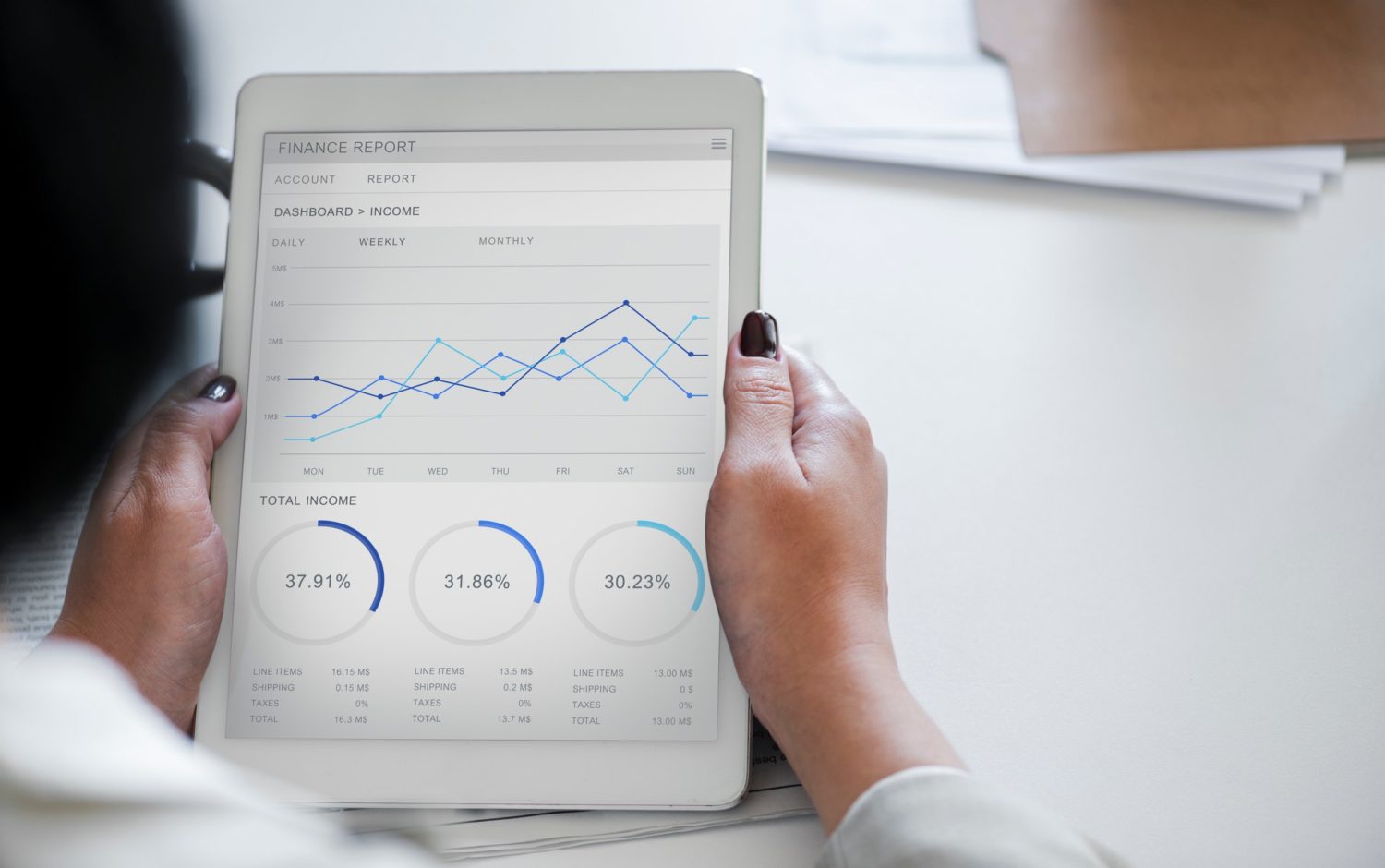
With the possibilities of data evolving, room for new opportunities and problems are constantly arising; forcing companies to make the most of their resources and part ways with manual, un-secure data processes.
Although there are endless ways that you can optimise your processes, there are a few steps any user can take to improve the way their data works for them. We asked our team of data experts about their top tips for optimising your Excel data for maximum impact in minimal time.
1. Narrow your data sources
Although there is now more data at hand than ever; teams are finding it hard to make the most of the in-depth data that these tools offer, as it can be easy for users to jump in and try to use every single metric available.
This may seem like a good thing for any company, but too many data sources can get you bogged down and distracted from the data that really makes their business tick. This is why ensuring that you and your team are only focusing and organising the essential data is vital to make the most of the vast amounts of data to hand.
2. Automate processes when possible
Automating processes where possible allows a serious amount of both time and resources to be saved for more pivotal tasks. Not only does eliminating manual processes boost efficiency across teams, but it even allows accuracy to be optimised in the same move.
Manually error-checking data requires at least one team member to invest a large chunk of their day to ensure no mistakes. Optimising your error-checking with automated error-messages allows users of all levels to spot any and all errors without having to delve into reams of data to do so; overall saving a serious amount of time analysing and fixing error-filled data.
3. Visualise Data
With the growing possibilities that your data holds, it is becoming vital for managers and analysts to simplify their findings with branded data visualisations to improve accuracy and efficiency in the decision-making process.
When taking your data into meetings; collecting and organising data is only half of the job, as analysts in influential positions need to be able to generate effective reports as easily, and accurately as possible without having to work with tedious banks of raw data. This is why pioneering data management teams are familiarising themselves with the ever-growing options for data visualisation.
4. Tailored Reports & Forecasts
Creating tailored reports and forecasts opens up more opportunity in terms of what you can make your data do for you. Excel allows users to summarise data into branded reports to make your data more accessible and flexible for users of all skill levels.
Down to not all users not originating from a data background, it is vital that you make your hard-earned data easily analysable. Custom reports allow you to easily summarise your results in a way that all users can make the most of with minimal effort, with forecasts also allowing teams to prepare & plan for unexpected situations; overall saving time, minimising risk and making life easier.

